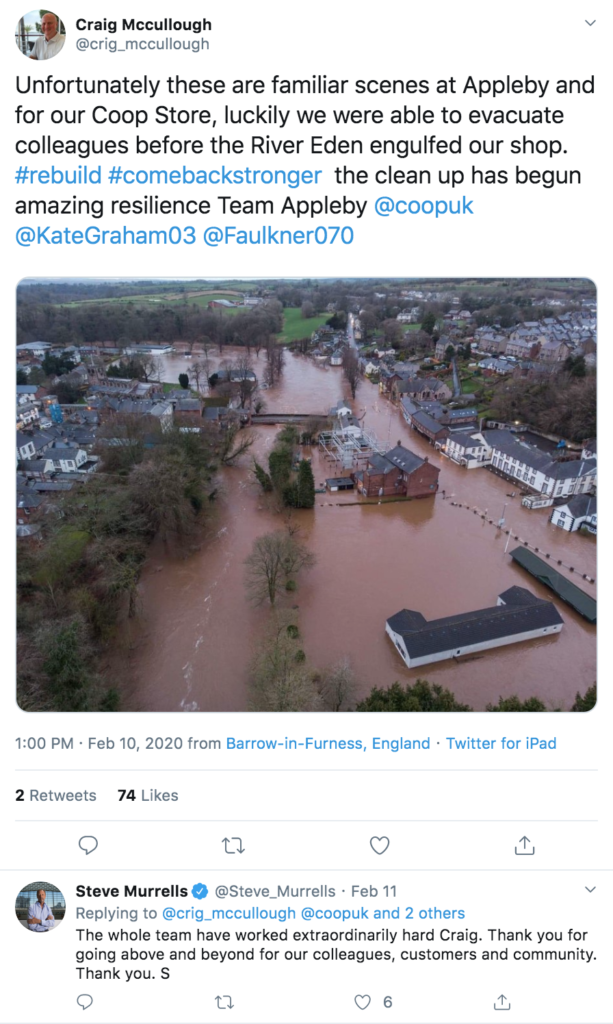Online trusted voices can be valuable assets to organisations and we have worked with some great examples from engineers at RAF to the HM Chief Inspector of Railways at the Office of Rail and Road. These accounts – when used well – can demonstrate the human side of often distant organisations providing a unique perspective in peacetime and crisis.
If you work in communications, then it is only a matter of time before you are asked to set-up a senior stakeholder – whether it’s a CEO or politician – on social media. Such requests are often driven by loose objectives like “they want to say stuff” or “it’s the done thing” but it is your role – as the expert – to push back on this.
The following questions can help you to build a solid foundation when setting up someone else on social media:
1. Why do they want their own social media channel?
The best place to start is always why. Without a clear objective, enthusiasm will drift and the channel will soon fall into disuse.
Some of the best reasons we’ve heard from our clients’ leaders for wanting to join social are…:
- I want to listen and engage with a new audience
- I want to build relationships with stakeholders
- I have been inspired by other individuals online
- I want to show the human side of the organisation
- I want the organisation to be more transparent and accountable
Less good reasons are:
- Everyone is on social media now
- I need to be tweeting
2. What do they want to say?
It is not unusual for people to not know what they want to say. So it might help to work with the individual to identify two or three key areas which they can focus on. These could be professional and personal. For example, the CEO of a bank might want to focus on:
- Discussing their ideas on burning issues across the sector
- Promoting employees’ work
- Their role as a Trustee of charity
For example, Leslie Evans (@PermSecScot) posts focus on policy, employees and the Scottish outdoors.
3. How will they engage?
The clue is in the name. Social media is interactive. Channel owners must be prepared to engage with their audiences and respond to questions. The best trusted voices accounts do this. They might need some training and advice on this but they need to understand that they cannot just publish statements without engaging.
The CEO of AirBnB, Brian Chesky, is a good example of this. He regularly challenges and responds to complaints as well as praise. Another good example is the CEO of Coop, Steve Murrells, who uses his social media channel to praise employees across the organisation.
 4. Can they run it on their own?
4. Can they run it on their own?
If the answer is ‘no’ then it is time to reconsider.
Secretaries, advisors, press officers can all offer advice but the individual must be prepared to take responsibility for this channel. It might help to suggest that they develop a routine of posting something at the beginning of the day. Alternatively, you could set a benchmark of 2-3 posts a week to start with.
Once you have answers to these questions then you have a good basis for training the individual on:
- Setting up their social media account (photo/bio etc.)
- Designing accessible social media posts and going beyond corporate-speak
- Creating content including taking photos and recording videos
- Engaging online and managing negative comments
Need inspiration? Please subscribe to our Twitter list of Social CEOs.
If you have any suggestions on who else to include then do let us know.
We have run a number of trusted voices programmes with organisations and every programme looks a little bit different, depending on what you want to achieve. Find out more about how we can help to get your trusted voices speaking online.

